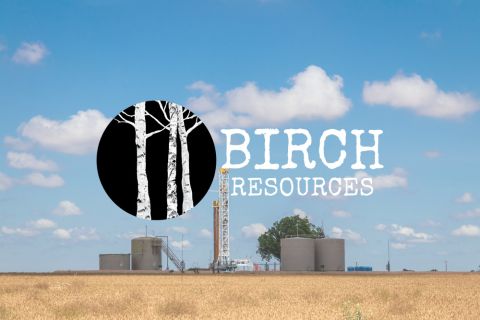Global Hunter Securities issued a fascinating research report early this year entitled “The Emergence of Saudi America.” The data behind that catchy name lead to an obvious conclusion: Given current production trends from multiple unconventional plays, the U.S., in a few years, will rival Saudi Arabia as an oil producer.
“The world is going through a revolutionary change dictated by the shale boom in the U.S. and technology adaptations learned from shale drilling to geological structures previously thought to have been uneconomic,” says the report.
That’s the good news. After that, things get complicated—in the midstream and elsewhere.
“The overabundance of natural gas and natural gas liquids (NGL) has led to a severe cratering of prices on the one hand, but has set in motion a variety of longer-term demand drivers on the other. The emergence of new demand is moving slowly, and although we would like to take the quixotic viewpoint that lower fuel sources will create an industrial renaissance in the U.S., we are faced with uncertainties … that will alter project economics when compared with international options.
“On the oil front, fears that the oil boom in the U.S. will create global oversupply causing a collapse in the price of the liquid gold are at the forefront of investors’ concerns,” the report says.
I can’t summarize a detailed, 100-page report here, but I did note a couple of midstreamrelated items worth mentioning:
- “We view 2013-2014 as a transitional period for U.S. midstream infrastructure as much-needed pipeline capacity comes online and relieves several key bottlenecks that have developed as a result of a recent upstream focus on liquids production,” says the report. Our cover story this month provides an update on one of the biggest bottlenecks of all: The Williston basin’s Bakken play.
- Shorter term, the report determines the pricing for an NGL blended-barrel—driven by swelling ethane supplies—will have a modest rebound in the second half of this year. That’s welcome news at the Conway, Kansas, and Mont Belvieu, Texas, hubs. But the report also found there will be a “rocky, market for heavier NGL products,” yet abundant propane and butane output “will spark investment in plants focused solely on consuming these products.”
Whatever happens, things continue to change for all of us in the oil and gas business. Global Hunter’s assessment of the NGL market fits well with a feature we have this month on propane by Assistant Editor Jennifer Postel. I, to some extent like the propane-obsessed Hank Hill of the animated TV series “King of the Hill,” see potential in this gas liquid. Unlike compressed natural gas and other alternative fuels, it has been around for a century, has necessary infrastructure in place already and enjoys intensive use in specific fields. Yet it doesn’t get a lot of attention. Our cover story includes a short review of Bakken activity in Saskatchewan. There’s lots more to talk about concerning Canada’s unconventional plays, of course, and we’ll cover the Bakken, and other topics, later this month at Hart Energy’s DUG Canada conference in Calgary, February 25 to 27.
Remember to check our website at www.MidstreamBusiness.com and our Twitter page. They supplement what we do here in these pages and at our conferences.
Recommended Reading
EY: How AI Can Transform Subsurface Operations
2024-10-10 - The inherent complexity of subsurface data and the need to make swift decisions demands a tailored approach.
E&P Highlights: Oct. 7, 2024
2024-10-07 - Here’s a roundup of the latest E&P headlines, including a major announcement from BP and large contracts in the Middle East.
Hot Permian Pie: Birch’s Scorching New Dean Wells in Dawson County
2024-10-15 - Birch Resources is continuing its big-oil-well streak in the Dean formation in southern Dawson County with two new wells IP’ing up to 2,768 bbl/d.
Oceaneering Acquires Global Design Innovation
2024-10-30 - Oceaneering purchased Global Design Innovation, the only provider certified by the United Kingdom Accreditation Service (UKAS) to perform remote visual inspection using point cloud data and photographic images.
Comments
Add new comment
This conversation is moderated according to Hart Energy community rules. Please read the rules before joining the discussion. If you’re experiencing any technical problems, please contact our customer care team.




